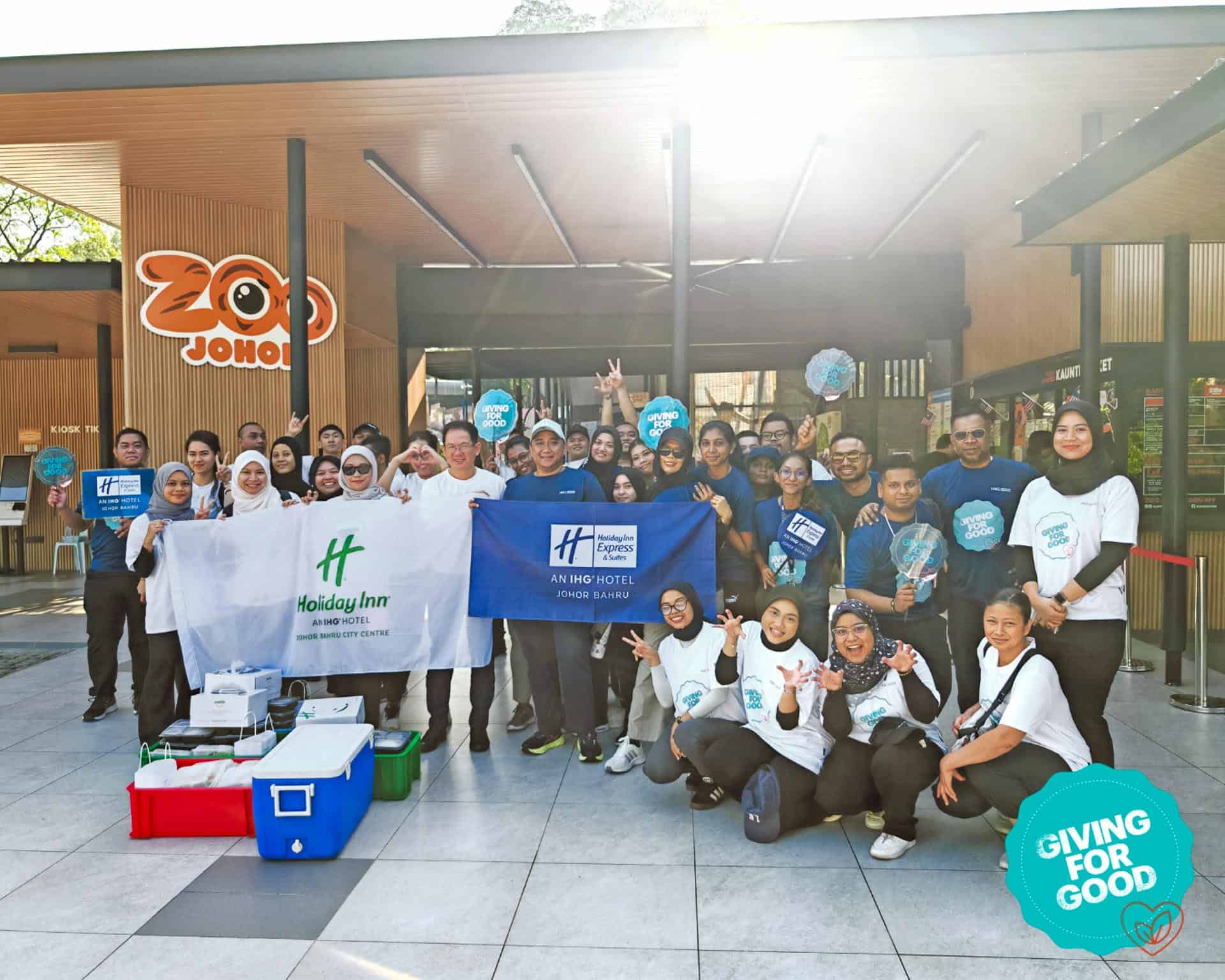

As a society, we witnessed workers grapple with the strains of the COVID-19 pandemic, experienced the mental stresses of social isolation, and struggled to achieve work-life balance whilst working remotely – all of which has taken an enormous toll on our ‘mental health’. But do we know what this elusive buzzword means?
Mental health goes beyond the absence of mental disorders such as depression and anxiety. Mental health[1] refers to an overall state of well-being where an individual realizes their abilities, can cope with the normal stresses of life and is able to work productively and contribute to their community. Anyone could suffer from poor mental health at some point in their lives. However, it isn’t easy to identify those struggling with mental health issues as it is a ‘silent killer’ according to the World Health Organisation (WHO) Director-General, Tedros Adhanom Ghebreyesus[2]. Realistically, it could take years before people feel comfortable opening up about their mental health struggles, and by then it could be too late.
Just because mental health issues are invisible, does not mean they do not exist. Globally, nearly 1 billion people have mental health issues[3] and it’s reported that people with serious mental conditions die 2 decades earlier than those without mental illness[4]. In Asia Pacific, mental health problems are the second-biggest health issue[5]. A study in Malaysia showed that 70 percent of respondents reported increased levels of anxiety during the early phase of the COVID-19 outbreak[6].
Yet, mental health remains a topic that is poorly understood. For many people, this remains a hard topic to talk about. People from different demographics, ethnicities, and countries have varying attitudes towards mental health. Poor mental health tends to be taken as a sign of weakness; therefore, some people disregard mental health issues whilst others deny their existence altogether. Due to the social stigma and costs that surround the topic of mental disorders, most of the people that suffer from mental health issues do not receive treatment[7]. Without proper treatment, people are forced to deal with these issues alone, leading them further into a vicious cycle of stress and despair. As coworkers, employers, and leaders, it is imperative for us to appreciate and value people for who they are and to be sensitive to what they are going through daily. No one should struggle with mental health alone.
Mental health at the workplace
While the COVID-19 pandemic has further exacerbated the global mental health crisis, with close to one-third of Asia Pacific’s remote workers admitting that the pandemic has increased burnout at work[8]. In Malaysia, with one suicide occurring every day during the period of Malaysia’s movement restrictions from March 18th to October 30th 2020[9], employers must recognize that mental health issues have always been prevalent at the workplace. Currently, people are constantly working at breakneck speeds to meet ever-present deadlines, and some even take leave to do more work. To make matters worse, there is a lack of transparency with regards to communicating these issues in the workplace. For instance, 63% of employees do not feel comfortable revealing to their coworkers that they took time off work because of mental health issues[10]. As a result, there is a lack of awareness about the mental health battle that workers have been facing for years.
There is no doubt that it is challenging to consistently promote a healthy working environment, especially as we enter the post-pandemic world and companies are striving to play catchup due to the perception of lost time owing to the pandemic. It seems almost counter-intuitive to suggest taking a step back to gain a fresh perspective. Yet, that is exactly what we need to do. By reflecting on the most important things 2020 has taught us, we should realise that amidst the uncertainty of this year, our coworkers have weathered the storm with us. They have been challenged, stretched, and tested like never before, and have come out of the pandemic with a newfound resilience and stoicism. Without their collective grit, businesses would not have survived the pandemic. Hence, the bottom line is that people should always come first. This mentality allows us to safeguard the happiness, health, and mental wellbeing of our employees and gives us the ability to pave the way to build a better future of work. It’s not only the right thing to do, but it’s the smart thing to do. A recent study led by WHO estimated that for every US$ 1 invested in treatment for common mental health disorders, there is a return of US$ 4 in improved health and productivity[11].
On the flip side, there are significant costs that come with the inability to address mental health issues. Not only are employee morale and employee retention expected to decrease, but also, mental health issues cost the global economy is US$ 1 trillion per year in lost productivity[12]. Poor mental health affects employees as a person and inevitably affects the business. To combat this issue, it is important for employers and employees alike to realize that mental health is a part of our overall wellbeing and that it should be normalized instead of stigmatized. Therefore, there are things we can do to address mental health.
Here are a few suggestions:
All in all, achieving good mental health should be thought of as a constant work in progress – a journey, instead of a fixed endpoint. With the right resources, working environment, and support, we can move towards creating a workplace that is both inclusive and collaborative. In doing so, we are making a conscious effort to solve problems together in the face of adversity. Mental health affects us all and it is time to face the music if we want to be responsible, caring, and empathetic leaders in the 21st century.
[1] Mental health: strengthening our response (who.int)
[2] A New Plan for Mental Illness, the Silent Killer | Global Health NOW
[3] https://www.who.int/news/item/27-08-2020-world-mental-health-day-an-opportunity-to-kick-start-a-massive-scale-up-in-investment-in-mental-health
[4] A New Plan for Mental Illness, the Silent Killer | Global Health NOW
[5] Mental Health Challenges In The Asia-Pacific (asianhhm.com)
[6] Study finds Malaysians’ stress levels went up during MCO (nst.com.my)
[7] Mental health in the workplace: The coming revolution (mckinsey.com)
[8] https://www.peoplemattersglobal.com/news/employee-engagement/one-third-of-asia-pacifics-remote-workers-are-facing-burnout-microsoft-study-27128
[9] 266 commit suicide during movement restrictions (one everyday) | Daily Express Online – Sabah’s Leading News Portal
[10] Mental Wellness In The Workplace: 11 Statistics You Should Know | AllWork.Space